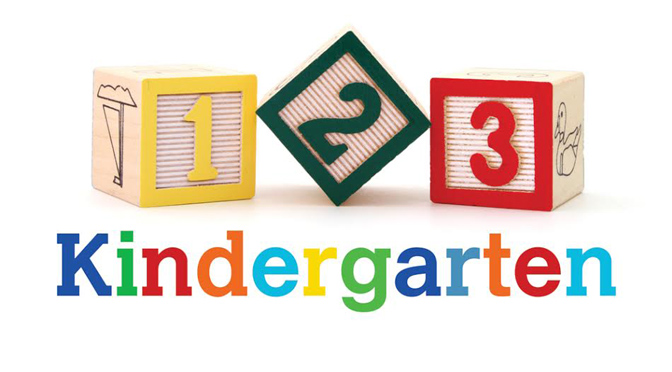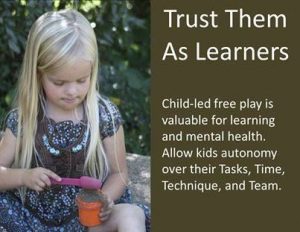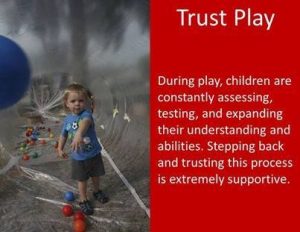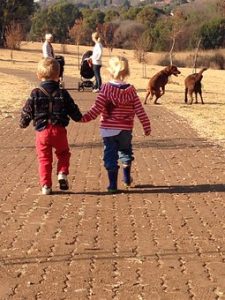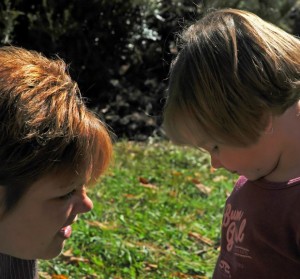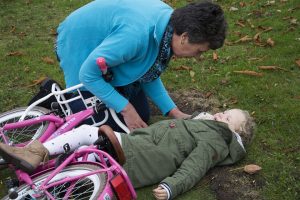This post was inspired by play-expert Jeff A. Johnson at Explorations Early Learning. The message is parents, educators need to trust and let kids play.
It seems parenting and teaching are balancing acts. There’s so much we would like to do for kids, but at the same time we have to let them learn for themselves. It’s so hard to stand back and keep our hands off the process. At the same time, we have a responsibility to guide, teach, and keep them safe. We are constantly asking ourselves if we should intervene or stand back. The best advice came from one of my teachers, “Let play be your guide. Remember, it’s an Interplay, and PLAY along.”
We need to trust kids as learners, “Child-led free play is valuable for learning and mental health. Allow kids autonomy over their Tasks, Time, Technique, and Team.” (Jeff Johnson, ExEL)We can wonder why kids will take forever to learn to wash their hands and flush, but pick up undesirable words in a flash. It sometimes feel like the Universe is enjoying the joke at the expense of parents and caregivers. But ultimately, we are each of us in charge of what we learn and when. As the grownups we can provide opportunities and experiences for learning, but we have to trust kids.
We also need to trust the process of play. “During play, children are constantly assessing, testing, and expanding their understanding and abilities. Stepping back and trusting this process is extremely supportive.” (Jeff Johnson, ExEL) As adults, somehow we have concluded that work holds more value than play. If only we could see the massive activity at a brain-level when children are at play. Brains are making thousands of connections and are hard at work. That explains the saying that play is a child’s work. Even as adults, our brains learn when we play.
For a play-of-the-day and a resolution that covers many years, we need to trust and let kids play, and the rest of us too. How will it part of the day for you and your child?
